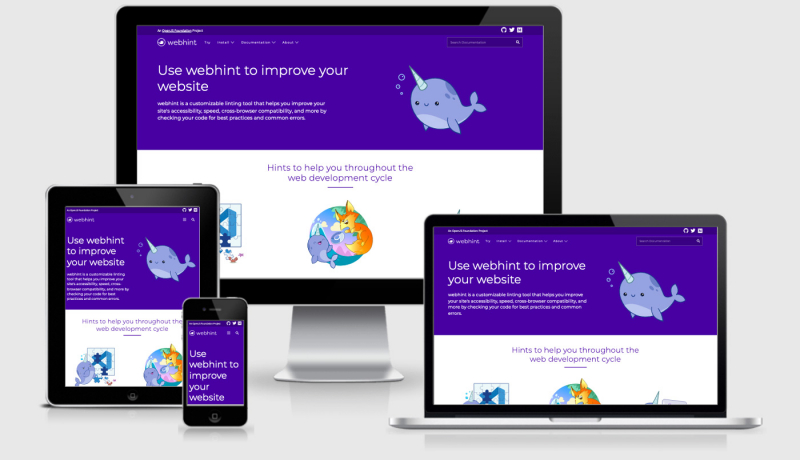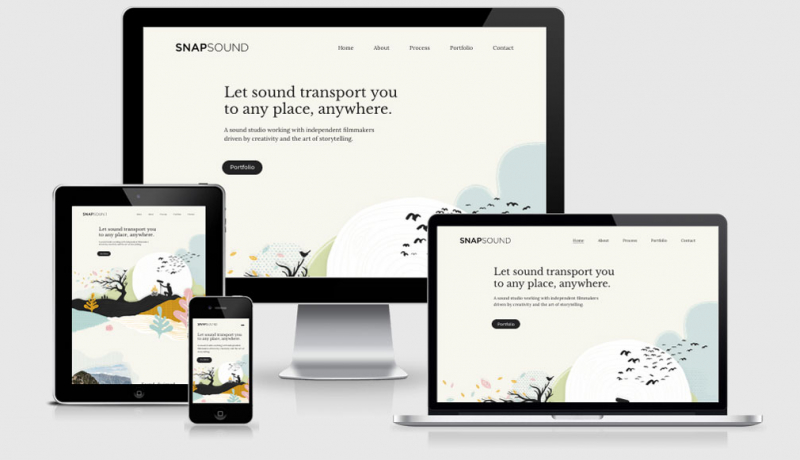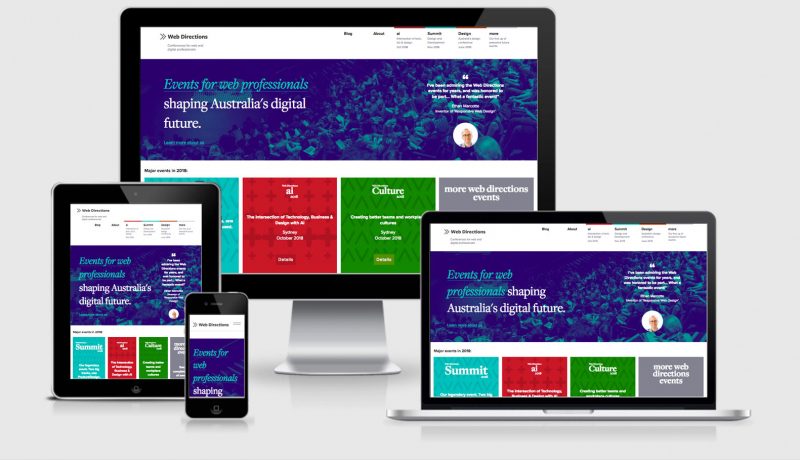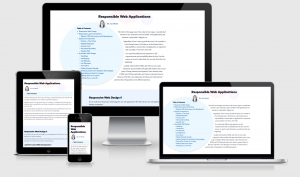
RWD Weekly #443
Hello again, welcome back to RWD Weekly #443.
I’m happy to say that using TailwindCSS this week hasn’t been the disaster that I thought it would be and it actually helped me focus on things other than how to structure the CSS. There’s still things I don’t like, but there’s an article for that below.
From the feedback I’ve got people are still pretty split on using utility classes, but the number has grown since I first asked the questions 12 months ago.
Let’s get linking!
Headline
The Future of the Open Web — White Paper
The internet is at a crossroads. After decades of rapid growth and global contribution to the human condition, today many are questioning the health of the internet. At such a time it is natural to examine the first principles that many consider key features of the internet as a medium. This is a white paper from the Mozilla team, lead in particular by CEO Mitchell Baker.
Sponsor
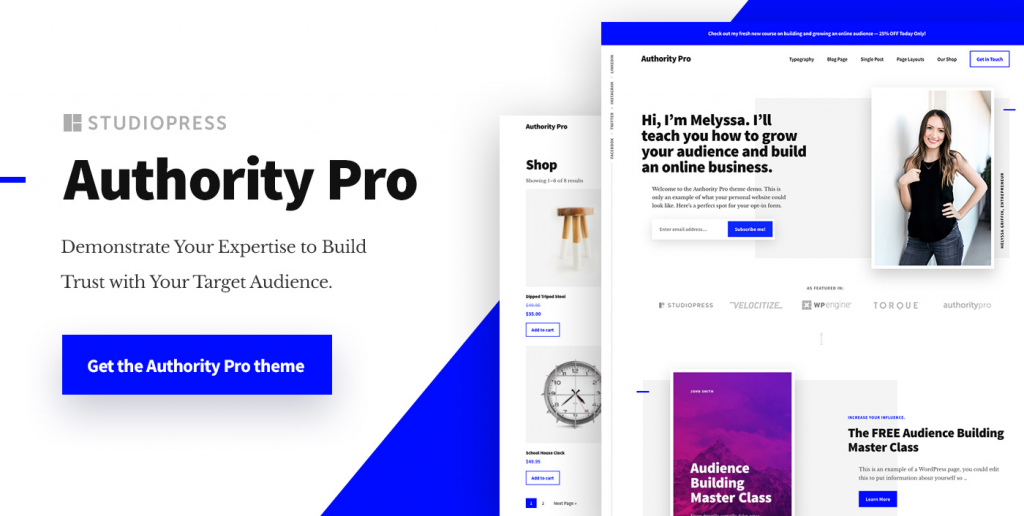
Authority Pro Theme Package
Authority Pro perfectly highlights your knowledge, years of experience, and acquired wisdom. Even if it’s early in your journey toward building expertise and trust, this carefully-constructed design will accelerate how quickly your audience grows.
Article
Uganda’s January 13, 2021 Internet Shut Down
From reading the white paper from Mozilla to reading this article about how the government literally turned off the internet in Uganda it is still shocking that people are restricted to information in this way. This, along with the recent actions by Twitter and Facebook on the former US President’s accounts are likely to see this conversation come up more and more in 2021. (And just for the record, I’m not saying these two incidents are relatable, just that they are significant).
What I Love & Hate About Tailwind CSS
Having recently downloaded and began using Tailwind this time last week I was nodding throughout this article. I’ve only dipped my toe in but I can already see the advantages it has in larger or distributed teams.
First Public Working Draft: W3C Accessibility Guidelines (WCAG) 3.0
The new guidelines aim to explain how to make web content, apps, and tools more accessible to people with disabilities. WCAG 3 is intended to be easier to understand and more flexible than WCAG 2. The flexibility is to address different types of web content, apps, and tools — as well as organizations and people with disabilities.
New in Chrome 88 – Chrome Developers
The aspect-ratio CSS property makes it easy to set the aspect ratio on any element. It will allow you to set
.square {
aspect-ratio: 1 / 1;
}and your element will always remain as wide as it is tall.
A minimum viable experience makes for a resilient, inclusive website or app
Andy explains what a minimum viable experience is and how I think it’s a crucial part of progressive enhancement’s role in building resilient websites and apps for the web.
Speaking at a Web Directions event in 2021 – Web Directions
If you’ve always wanted to speak at a conference but found the stage in front of tens/hundreds/thousands of people too overwhelming? Web Directions are looking for speakers for 5 online conferences this year. They’re all prerecorded and they will provide all the equipment that you need. A great way to get started.
Tutorials
Responsible Web Applications
Joy has produced what I think is going to be my favourite article for the year (it’s a pretty early call being January). This goes through layout options and CSS to help through to semantic HTML and progressive enhancement.
How We Improved SmashingMag Performance
In this article, Vitaly takes a close look at some of the changes we made on Smashing Magazine (JAMStack with React) to optimize the web performance and improve the Core Web Vitals metrics. He covers off the mistakes that they made and some unexpected changes that helped boost all the metrics across the board.
Understanding Clip Path in CSS
Ahmad is kicking off 2021 the way that he ended 2020, with a cracking post about CSS. This week (as you can probably guess from the title) we’re looking into clipping paths. So what is a clipping path? Well it’s something that creates an area where the inside is visible and the outside is not. Think overflow hidden, but for any shape you can create with SVG (but it’s not SVG, it’s CSS…. just read the article ;) )
Building a sidenav component
Resources & Tools
JPEG.rocks
Privacy-aware JPEG optimizer. The images you upload never leave your device: all the processing is done entirely in the browser
Unclack for macOS
Unclack is the small but mighty Mac utility that mutes your microphone while you type. No more getting called out for clacking your way through a Zoom meeting on your clicky keyboard!
Tailwindcss-plugins
A collection of plugins for Tailwind CSS that are used by the Viget team
Jobs
Coil – Head of Developer Relations
The ideal candidate is passionate about open and privacy-preserving technologies and has deep relationships and experience working with the developer community.
Finally
Front end? Yep!
A lovely twitter thread about how having a little bit of front end knowledge can help open opportunities on the web.
That’s all for this week. Thanks for stopping by, if you found something useful please recommend us to a friend and help us continue to grow.
Cheers,
Justin.

